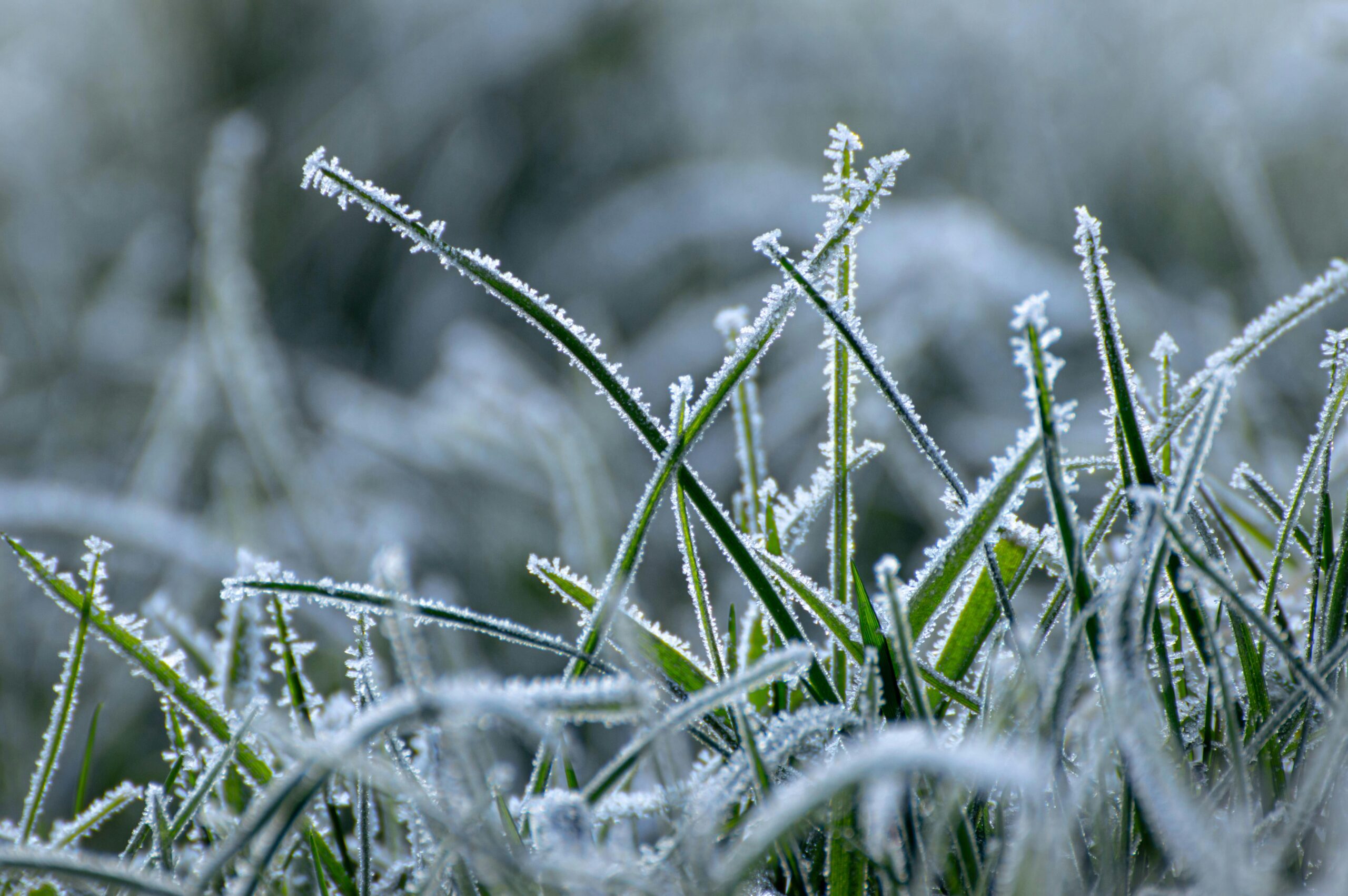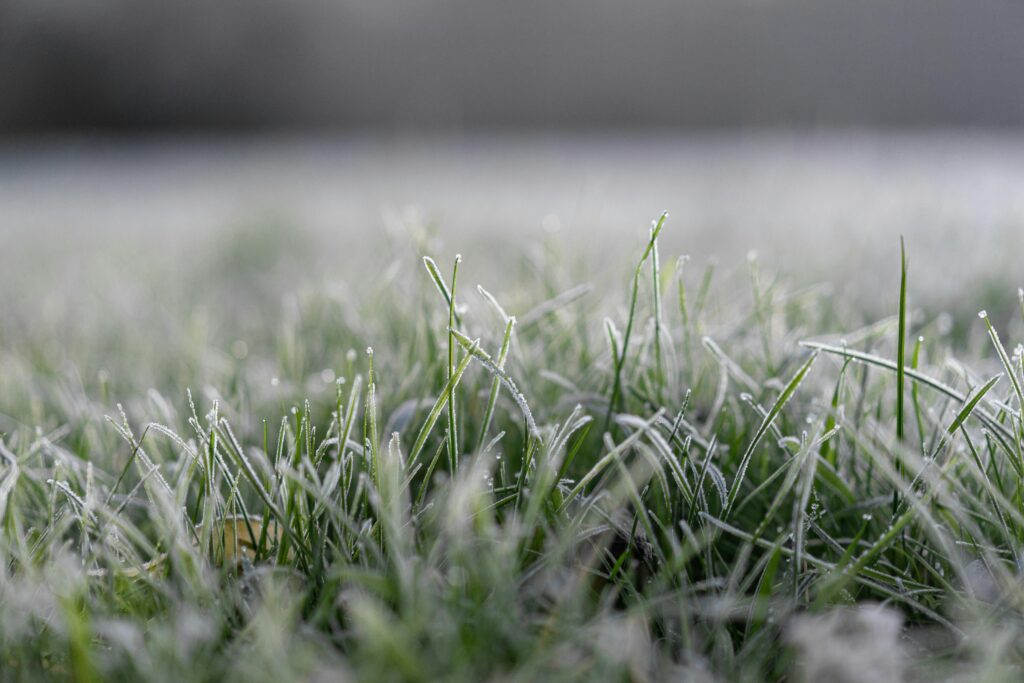
When it comes to outdoor spaces, the terms garden and yard are often used interchangeably. However, they have distinct characteristics, purposes, and maintenance needs, especially in cold climates. Whether you have a garden filled with flowers, vegetables, or ornamental plants or a yard with an open lawn and trees, understanding the best cold-weather care practices is essential. This comprehensive guide explores the differences between a garden vs yard, their specific challenges in freezing temperatures, and the best techniques to protect and maintain them.
Understanding the Difference: Garden vs Yard
Before diving into cold-climate care, it’s important to understand what differentiates a garden from a yard.
What is a Garden?
A garden is a cultivated space with flowers, vegetables, herbs, or shrubs. Gardens require regular maintenance, including planting, watering, pruning, and seasonal care. Gardens can be decorative, functional, or both.
What is a Yard?
A yard is a larger outdoor space surrounding a home, often featuring grass, trees, and open spaces. Yards require upkeep such as mowing, raking, and protecting trees and shrubs from harsh weather conditions.
Both a garden and a yard face unique challenges in cold climates. Understanding the differences in care ensures that both spaces remain healthy and beautiful throughout the winter.
Cold Climate Challenges for Gardens and Yards
Cold weather brings several challenges for both a garden and a yard. Understanding these problems is crucial for preventing damage and ensuring a lush outdoor space in the spring.
- Freezing Temperatures: Cold climates can cause soil to freeze, damaging plant roots and reducing microbial activity.
- Snow Accumulation: Heavy snow can break tree branches, smother delicate plants, and create excessive moisture as it melts.
- Wind Damage: Strong winter winds can dry out plants and cause breakage in trees and shrubs.
- Limited Sunlight: Shorter daylight hours mean less energy for plants, slowing growth and reducing photosynthesis.
- Soil Erosion: Melting snow can wash away topsoil, leading to poor soil conditions in both a garden and a yard.
To maintain a healthy garden vs yard in winter, it’s essential to implement proper care techniques.
Winter Care for Gardens
A garden requires specialized care in winter to ensure plants survive the harsh conditions. Here are some essential steps:
1. Protecting Plants from Frost
- Use mulch to insulate plant roots and retain soil moisture.
- Cover delicate plants with row covers or frost blankets.
- Move potted plants to a sheltered location to protect them from extreme temperatures.
2. Preparing Soil for Winter
- Add compost before winter to enrich the soil with nutrients.
- Use cover crops like clover to prevent soil erosion and maintain fertility.
3. Managing Snow Accumulation
- Gently shake snow off tree branches to prevent breakage.
- Avoid piling heavy snow on delicate plants to prevent suffocation.
4. Choosing Cold-Resistant Plants
- Select hardy perennials that can withstand freezing temperatures.
- Plant evergreens for year-round color and protection from wind damage.

Winter Care for Yards
A yard also requires maintenance to ensure grass, trees, and open spaces remain in good condition throughout the winter.
1. Lawn Protection
- Mow the lawn before winter but avoid cutting grass too short to prevent root exposure.
- Apply a winter fertilizer to strengthen grass roots before the ground freezes.
2. Tree and Shrub Care
- Wrap young trees with burlap to protect them from windburn.
- Prune dead or weak branches to prevent breakage during snowstorms.
3. Preventing Ice Damage
- Avoid using rock salt near plants, as it can damage roots.
- Use sand or calcium chloride for safer de-icing solutions.
4. Creating Windbreaks
- Install fences, hedges, or strategically placed trees to reduce wind damage.
Common Mistakes to Avoid in Cold Climate Maintenance
When managing a garden vs yard in winter, avoid these common mistakes:
- Overwatering: Plants need less water in winter due to reduced evaporation.
- Neglecting Soil Health: Failing to enrich soil before winter can lead to poor spring growth.
- Ignoring Snow Removal: Allowing too much snow to pile on delicate plants can lead to breakage.
- Using the Wrong De-Icing Products: Harsh chemicals can kill grass and damage tree roots.
Spring Preparation: Bringing Your Garden and Yard Back to Life
As winter fades, it’s time to prepare your garden and yard for a thriving growing season.
For Gardens:
- Remove winter mulch gradually to allow soil to warm up.
- Prune dead growth and fertilize plants for spring growth.
- Start planting hardy vegetables and flowers that thrive in early spring.
For Yards:
- Rake leftover leaves and aerate the soil to improve drainage.
- Reseed patches of grass damaged by snow and ice.
- Inspect trees for winter damage and prune any broken branches.
Conclusion: Garden vs Yard – Mastering Cold Climate Care
Understanding the difference between a garden vs yard and their specific needs in cold climates ensures that both spaces thrive. While a garden requires plant protection, soil care, and winter pruning, a yard needs lawn maintenance, tree protection, and windbreaks. By implementing the best practices outlined in this guide, homeowners can enjoy a beautiful outdoor space all year round, no matter how harsh the winter may be.
With proper care, your garden vs yard can flourish despite the cold, providing lush greenery and vibrant blooms when spring arrives. Are you ready to protect and maintain your outdoor space this winter?
